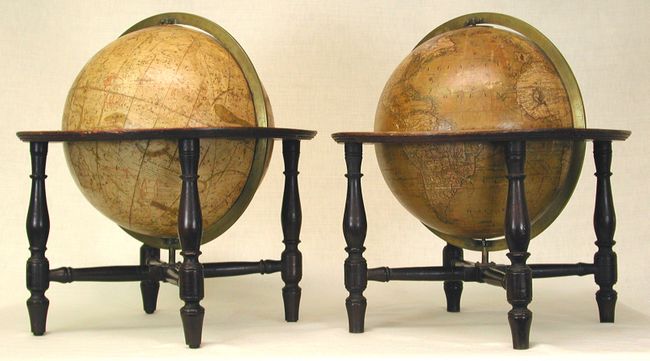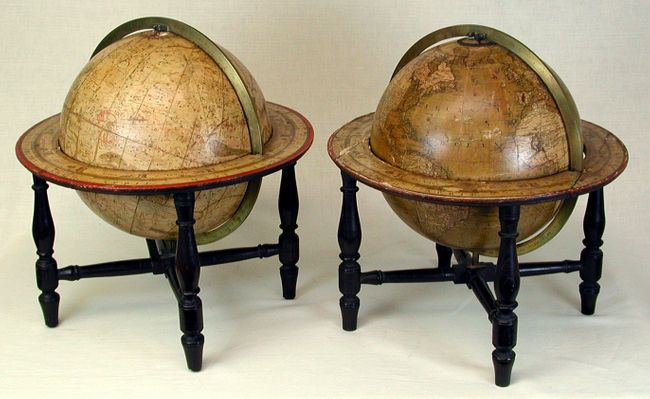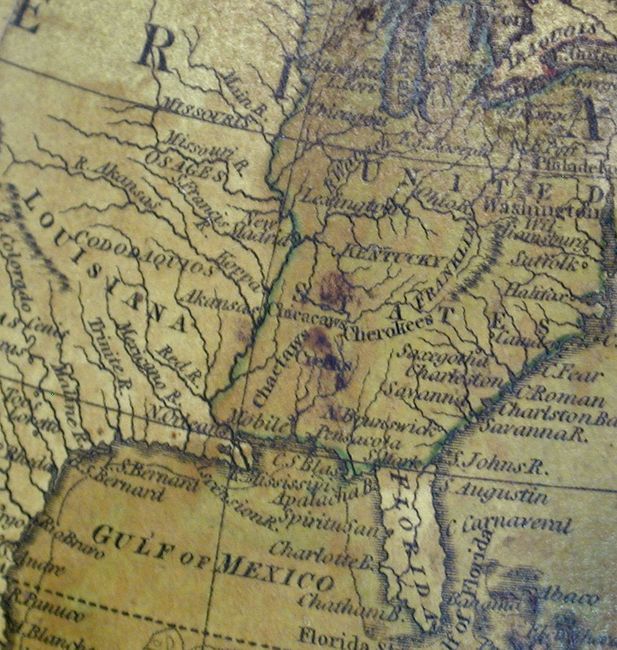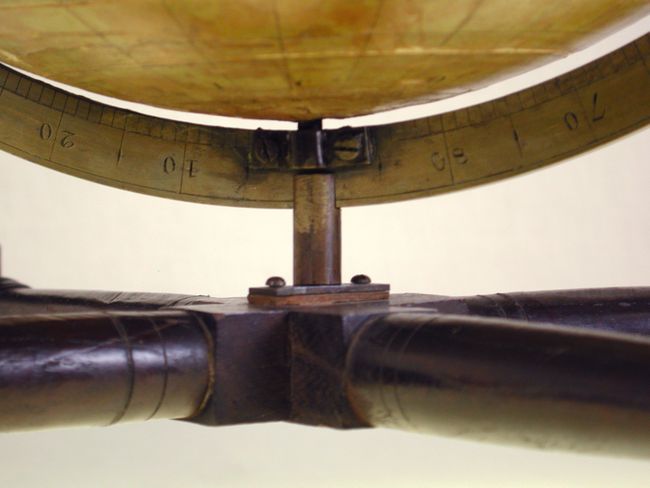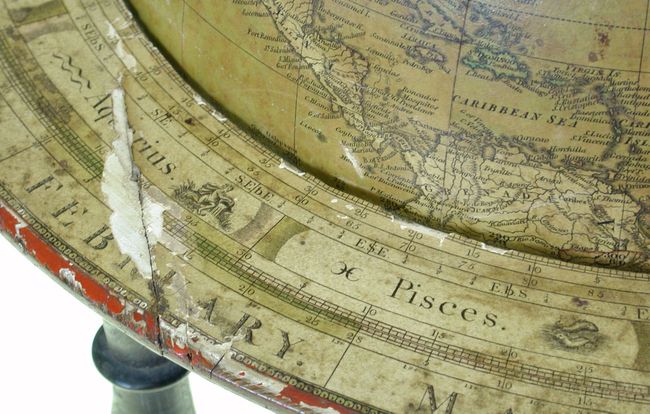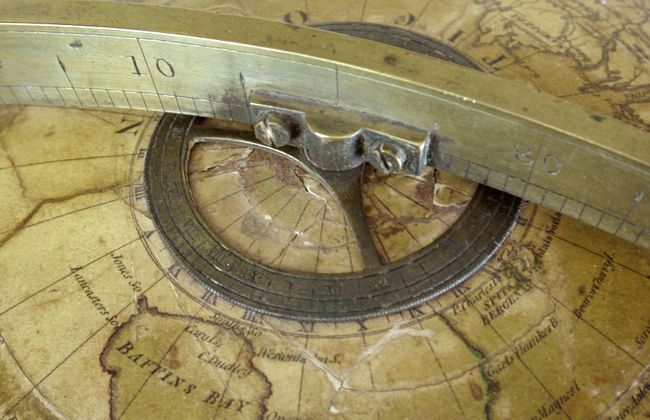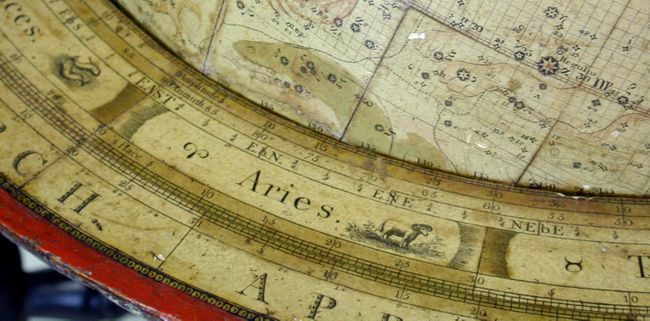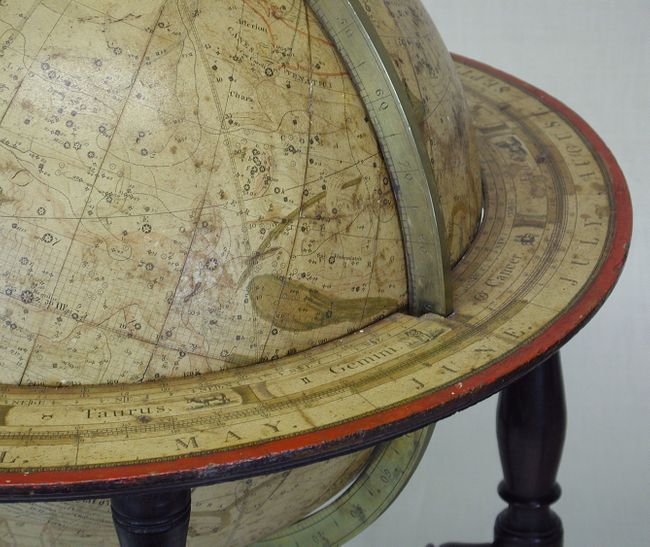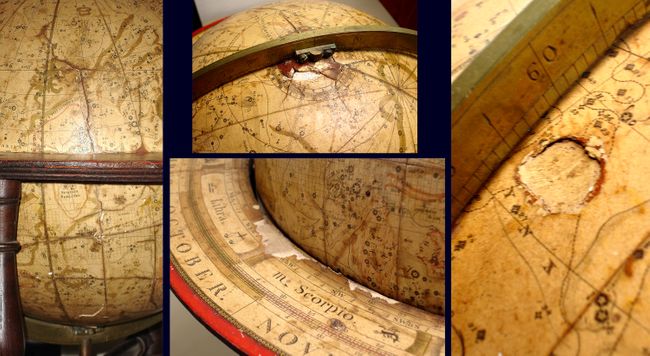Catalog Archive


Auction 121, Lot 60
"[Lot of 2] The New Twelve Inch British Terrestrial Globe …[and] The New Twelve Inch British Celestial Globe…", Bardin, William & T. M.
Subject: Globes
Period: 1800-07 (dated)
Publication:
Color: Hand Color
Size:
12 x 12 inches
30.5 x 30.5 cm
Download High Resolution Image
(or just click on image to launch the Zoom viewer)
(or just click on image to launch the Zoom viewer)
